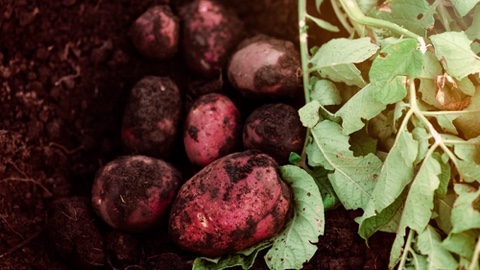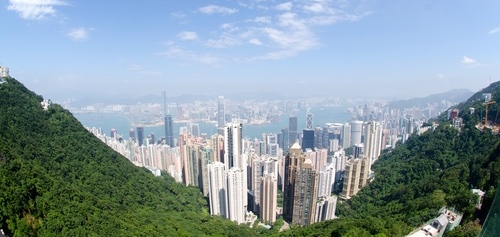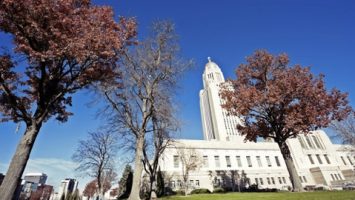
With funds from the US Department of Agriculture and the National Science Foundation, an interdisciplinary team of Arizona State University researchers is working to create a model that will examine the effects of urban farming on various aspects of city life and its environment. The planning model to be created will incorporate such factors as air pollution, land cover, water use, and energy sources.
The team, led by Dr. Alex Mahalov, includes mathematicians and experts in agribusiness, geography, and sustainability. “This is an integrated project; it’s not just about agriculture. It’s about food, energy and water,” stated Mahalov, the lead principal investigator.
The model will be able to examine the effects of transforming vacant lots into urban farms, including factors such as food production and the mitigation of urban heat-islands. Working with high-resolution data from the National Agriculture Imagery Program, evaluations can be made of extremely precise locations. It will also be used to study the feasibility of vertical farming.
Economists on the team are working to assess the economic viability of urban farms, looking at such factors as supply and demand. “If you use the land for farming, you need consumer demand because without demand you can’t be successful in business,” said Dr. Carola Grebitus, a co-principal investigator. She and her team are conducting surveys of local residents regarding demand for produce and cost concerns. “There’s a model called motivation, ability, opportunity. Right now we are differentiating between ‘are you willing to buy food?’ or ‘would you be willing to grow your own food?’ You need to be motivated to do either one,” continued Grebitus. “Ability means you have to know how to grow the food. For opportunity, I like to use the example of the single mother who is motivated to provide nutritious food for her children and has the ability to cook it, but she might simply not have the time.”


